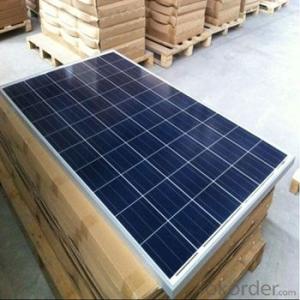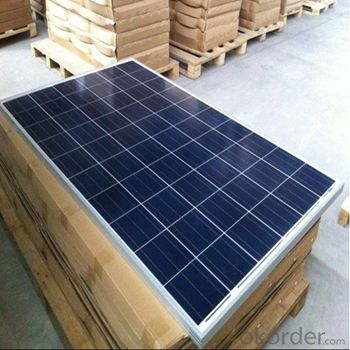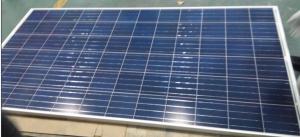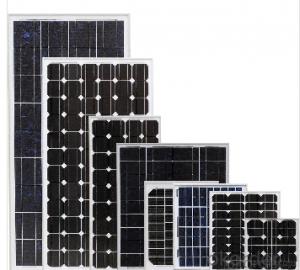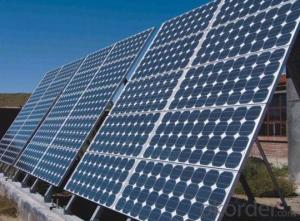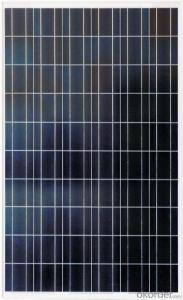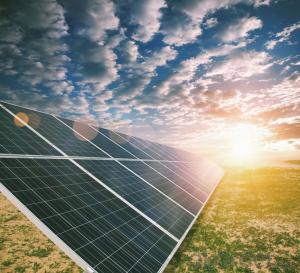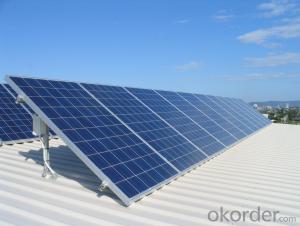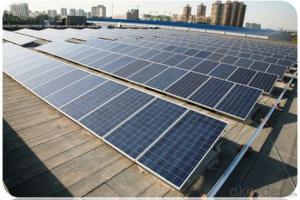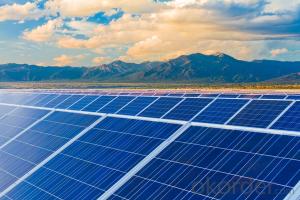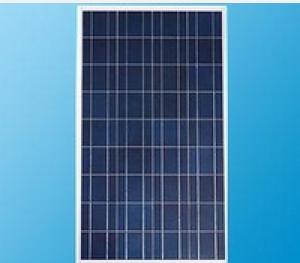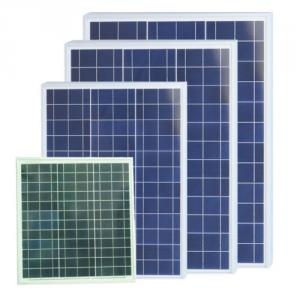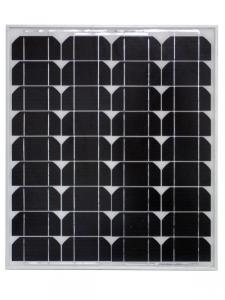Suniva Solar Panels Polycrystalline 245W Series
- Loading Port:
- Shanghai
- Payment Terms:
- TT OR LC
- Min Order Qty:
- 100 pc
- Supply Capability:
- 100000 pc/month
OKorder Service Pledge
OKorder Financial Service
You Might Also Like
Description:
1.Structure of Polycrystalline Solar Panel for 245W Series
Polycrystalline Solar Panel for 245W l : High efficiency crystalline solar cell. Even if under the weak light, the solar module can produce maximum power output.
II Tempered glass (toughened glass): Anti-reflecting coating and high transmission rate glass increase the power output and mechanical strength of solar module.
III EVA and TPT: Using high quality EVA and TPT to prevent destroying and water.
IV AI frame: Without screw, rner connection. 6 holes on the frame can be installed easily.
V Junction box: Multi function junction box with water proof.
VI Long lifetime: ≥25 years; Less power decrease.
VII Good performance of preventing from atrocious weather such as wind and hails.
VIII Resisting moisture and etching effectively, not effected by geology.
IX The certificate issued by international authority: UL, TUV, IEC, CE.
2. Standard Test Conditions of Polycrystalline Silicon Solar Panel:
The opto-electrical specifications shown below are stabilized values being measured at Standard Test Conditions, Irradiance: 1000W/m2, Spectrum: AM1.5 at 25°C, The info below is subject to manufacturing tolerances. Where appropriate minutes of measurement are available and are used for the dimensioning of the installation.
Advantages of Monocrystalline Silicon Solar Panel
• CNBM Solar performance guarantees for 25 years
• 12 years guarantee for workmanship
• Timeliness of delivery
• Quality Products certified (TÜV, UL, CE, ISO)
3. Solar Panel Images
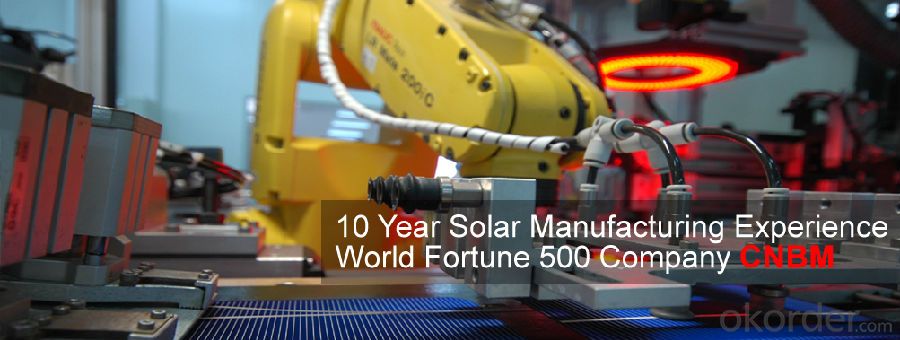
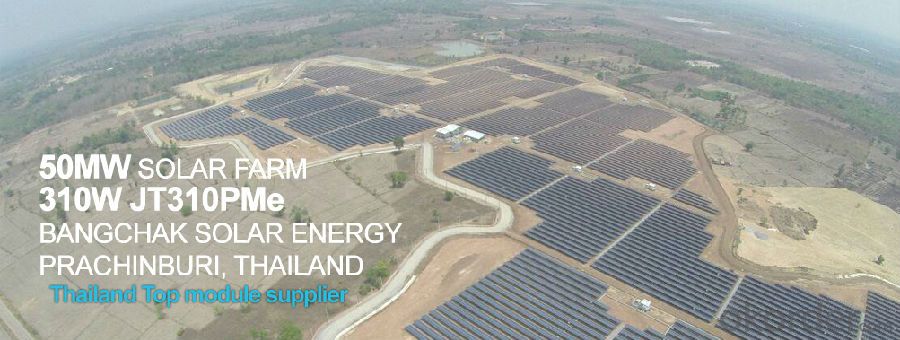
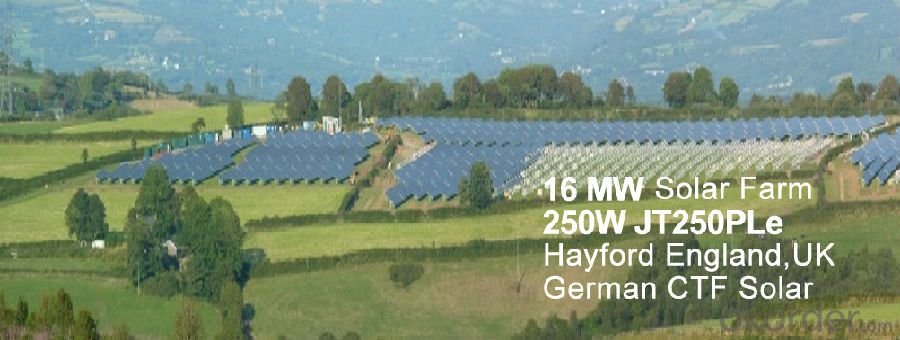
4. Solar Panel Specification
Characteristics

Temperature Coefficient of Cells

Mechanical Data

Limits

Guarantees

IV Curve

5.Quality certification and certificate
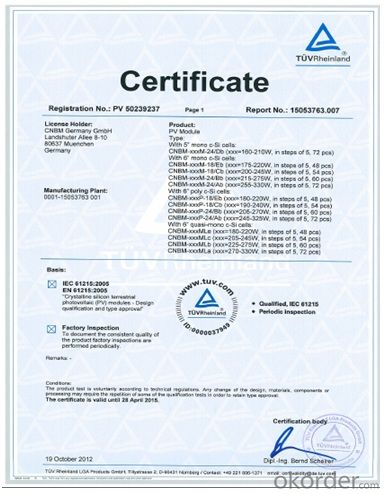
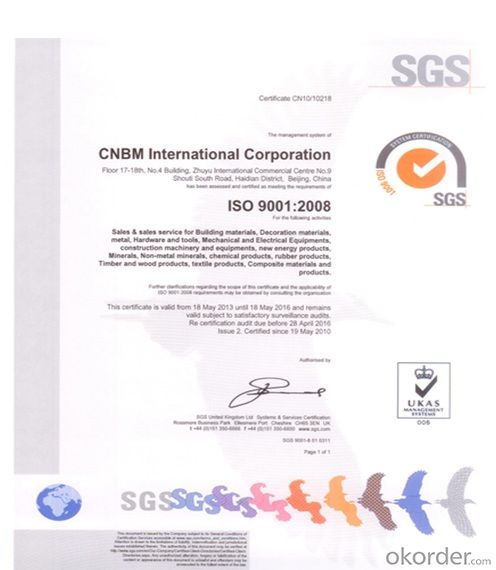
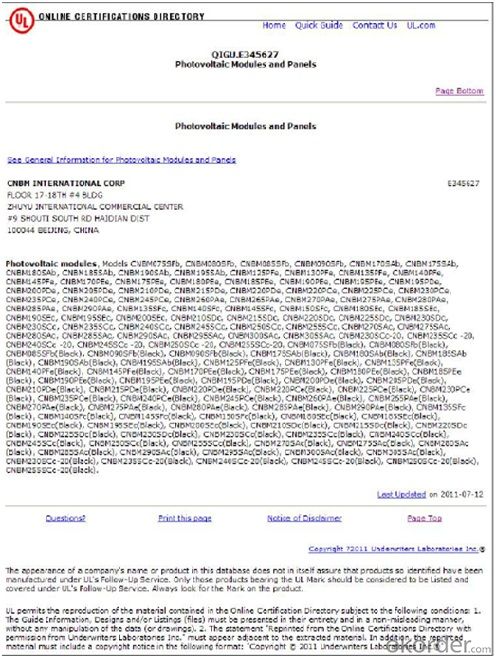
6.FAQ
We have organized several common questions for our clients,may help you sincerely:
①How about your company?
CNBM Solar photovoltaic (PV) Panel has various wattage from 1.5W to 315W to meet the demand of every customer. It is the optimal choice for both on-grid and off-grid power systems. CNBM Solar panel offers high performance of power warranty and good after sale service, we have professional people to reply your problem anytime.
CNBM International Corporation's products including Monocrystalline Solar Panel, Polycrystalline Solar Panel have received and enjoyed famous reputation in many countries and regions in the world .As a solar panel supplier in China, we strive to provide our customers with excellent service, superior products and unmatched value.
②How to guarantee the quality of the products?
CNBM Solar performance guarantees for 25 years
• 12 years guarantee for workmanship
• Timeliness of delivery
• Quality Products certified (TÜV, UL, CE, ISO)
③How long can we receive the product after purchase?
In the purchase of product within three working days, We will arrange the factory delivery as soon as possible. The pecific time of receiving is related to the state and position of customers.Commonly 7 to 10 working days can be served.
- Q: My home uses an average of 2400 kW per month (28,800 per year.) How much can I expect it to cost to install solar panels of this amount? (It is not my intention to go off of the electric company's grid. I would like to generate what I can / possibly sell back extra power)What quot;hiddencosts are there? What is the average life of them?What is the quot;best(cost effective and green) solution / approach?(BTW.... I am in southern LA if that makes a difference)Best answer will go to clear answer WITH links/resources to back it up!)THANKS A MILLION!!! I hope you have a safe and happy holiday season!!!
- Power inverter to change 2VDC panel power to 220VAC House power. (~$600) You are also going to need various switches and a meter to keep track of how much you are sending back to your power company. Final answer... Expect to pay ~$7,000.00 with installation by a qualified electritan.
- Q: If a solar panel is a .5kW system, what length of time is it putting out that much power? Every hour?
- Power = work done/time taken In other words, Watts=Joules/second. In this respect, power is a little like speed (m/s). Your question is looking at a car with a 50mph top speed, and asking how long is it going that fast? The solar panel will produce .5KW for as long as you require it. Enough to boil a kettle, run a modest electric heater etc,
- Q: How do solar panels affect the resale value of a home?
- Solar panels can have a positive impact on the resale value of a home. Studies suggest that homes with solar panels tend to sell faster and at a higher price compared to similar homes without solar installations. Buyers appreciate the potential energy savings and environmental benefits associated with solar panels, making them a desirable feature in today's real estate market.
- Q: The battery is 9ah and the solar panel is 20w
- Yes, certainly. So long as the solar panel's voltage exceeds the voltage of the battery (which is probably going, certainly if it can be a discharged battery, which is lower than 2 volts), then it will recharge the battery. Additionally, a 2 V solar panel can produce bigger than 2 volts. Nevertheless, the rate of charging is more likely to be depdendent on the availabilty of daylight. And of course, the better the capcity of the battery, the longer it takes to cost.
- Q: How do solar panels affect insurance rates?
- Solar panels can generally have a positive impact on insurance rates. While the installation of solar panels may slightly increase the dwelling coverage, the potential savings on electricity bills and the added value to the property can often outweigh any additional costs. Additionally, some insurance companies offer specialized policies and discounts for homes with solar panels, making it a favorable choice for homeowners.
- Q: Can solar panels be used in areas with limited access to electricity?
- Yes, solar panels can be used in areas with limited access to electricity. This is because solar panels generate electricity using sunlight, so as long as there is sunlight available, they can generate power. In fact, solar panels are often used as a sustainable and reliable source of electricity in remote or off-grid locations where traditional power infrastructure is not available or feasible.
- Q: How do solar panels perform in areas with high pollution levels?
- Solar panels can still generate electricity in areas with high pollution levels, but their performance may be slightly affected. Air pollution can reduce the amount of sunlight reaching the panels, diminishing their efficiency. Additionally, the accumulation of dust and particles on the surface of the panels can further reduce their performance as it hampers the absorption of sunlight. Regular cleaning and maintenance can help mitigate the impact of pollution on solar panel performance.
- Q: How much space is required to install solar panels?
- The amount of space required to install solar panels varies depending on several factors, including the size and capacity of the panels, the energy needs of the property, and the available sunlight. On average, a typical residential solar panel system requires about 100-400 square feet of roof space per kilowatt of installed capacity. However, ground-mounted systems can also be installed if there is enough space available on the property. It is recommended to consult with a solar installer to assess the specific space requirements for a particular installation.
- Q: I have in mind a small solar panel that could be plugged into a wall socket. Do I need a converter or some kind of interference between the two power sources so there aren't any unpleasant explosions? I don't know much about this sort of thing so please be nice.
- You can use a solar panel to heat water, and you can generate electricity, but you can't plug it into a wall socket. The most effective way to save on your energy bill is by heating water. Solar panels that produce electricity, don't store it. They produce it for that particular time, and if you're not there to use it, it's gone. Furthermore, the electricity isn't always regular, it may have peaks and shortages. The best way to tap into that, would be to sell the electricity you produce to the grid, and then buy it back when you use it.
- Q: Can solar panels generate electricity during a blackout?
- No, solar panels cannot generate electricity during a blackout unless they are connected to a battery storage system.
Send your message to us
Suniva Solar Panels Polycrystalline 245W Series
- Loading Port:
- Shanghai
- Payment Terms:
- TT OR LC
- Min Order Qty:
- 100 pc
- Supply Capability:
- 100000 pc/month
OKorder Service Pledge
OKorder Financial Service
Similar products
Hot products
Hot Searches
Related keywords
